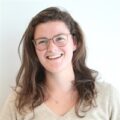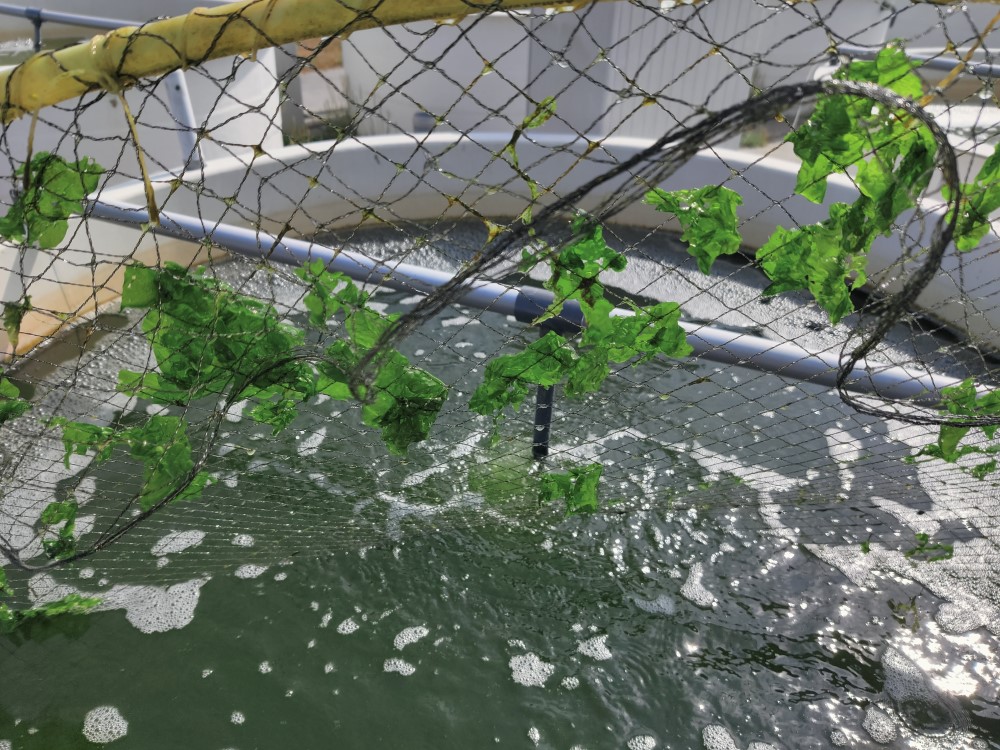Safely using sludge thanks to larvae and seaweed
This is the fourth blog in a blog series on ‘Circular & Climate-neutral’. This research programme (KB-34) focuses on research that contributes simultaneously to circular and climate-positive food and non-food production systems. This blog was written by Katja van Dongen and Elise Hoek, researchers of Wageningen Food Safety Research.
Sludge produced by the food industry and other sectors is often incinerated, even though it contains valuable nutrients. Through extensive research into food safety, we explore how these residual flows can be used optimally.
Potassium, phosphorous, nitrogen and even proteins and sugars: residual flows from the agricultural sector and the food industry often contain valuable nutrients. In a circular society, these flows should feed back into the food system wherever possible. They shouldn’t be destroyed, but rather utilised as valuable resources.
Of course, residual and waste flows cannot be used right off the bat, as they are potentially hazardous. Europe maintains a high standard when it comes to food safety. Once we know more about the food safety risks of residual flows, we’ll be able to figure out how to best mitigate them.
Larvae and seaweed
As part of this study, we cooperate with various parties, including companies from the dairy, sugar and potato industries, as well as water boards. These partners supply us with sludge: a watery, manure-like substance that is usually concentrated to facilitate transport. In a series of experiments, we investigate whether this sludge could serve as a safe source of nutrition for insects or seaweed.
Larvae of the black soldier fly are likely candidates for growing on waste flows. If permissible from a food safety perspective, these insects can then be used as animal feed. To determine this, we conducted various experiments in Wageningen and Lelystad in which larvae were grown on sludge for a week. Afterwards, the larvae, the initial material and the residual material were analysed.
Among other things, we investigate how significantly the insects have grown and whether they carry pathogens like Salmonella or Listeria monocytogenes. In addition, we assess their antimicrobial resistance and the presence of metals, PFAS and dioxins, among others. Do these substances accrue in the larvae?
About a hundred kilometres away, we’re working on a second case study. In Den Helder, at the facilities of Wageningen Marine Research, seaweed is cultivated in large basins of seawater. The sludge is used as a source of nutrition for the seaweed. After several weeks, we analyse the seaweed in a similar manner to the black soldier flies. That way, we can determine whether certain chemical contaminants accrue in the seaweed, or remain in the salt water.
Residual flows with labels
Although the study is still ongoing, we can already tell that some of the residual flows make for surprisingly good potential sources of nutrition. Food safety research is sometimes considered a bottleneck for innovation, as it focusses on the risks and potential hazards to public health. With our project, we want to show that we can actually help circular systems advance.
In the long term, a system might be developed with different classifications for sludge and other residual flows. Each residual flow will receive its own label: this one can be used for agriculture, that one is suitable for insects, etcetera. This is a tailor-made system, in which each waste flow is used correctly and safely.


